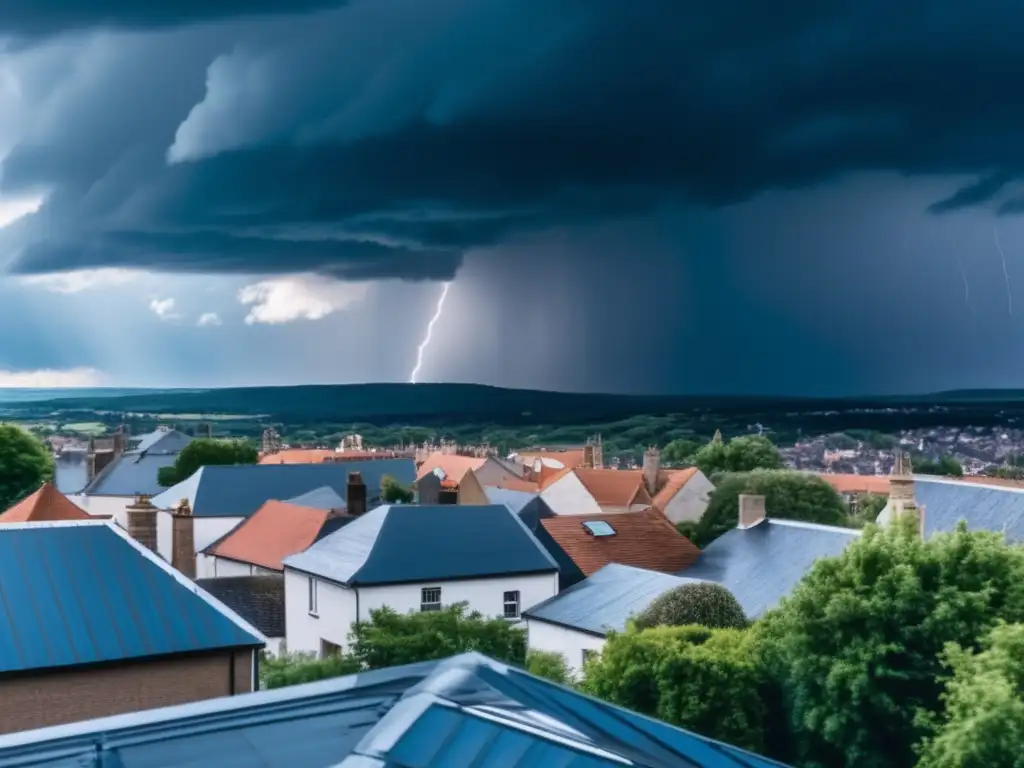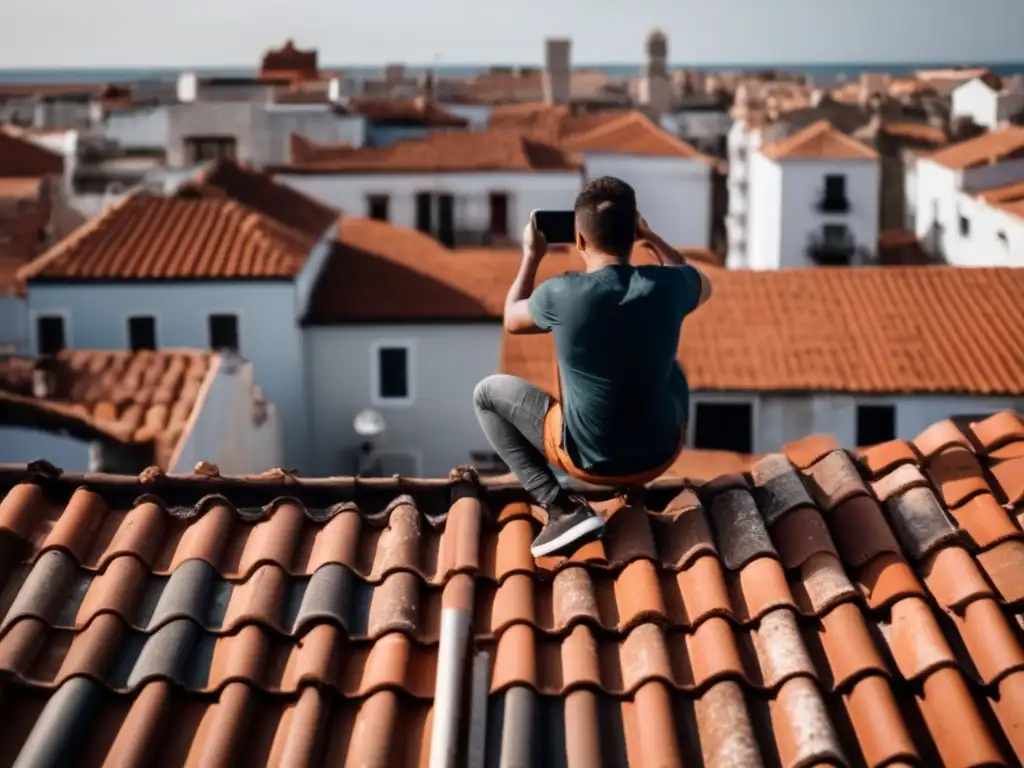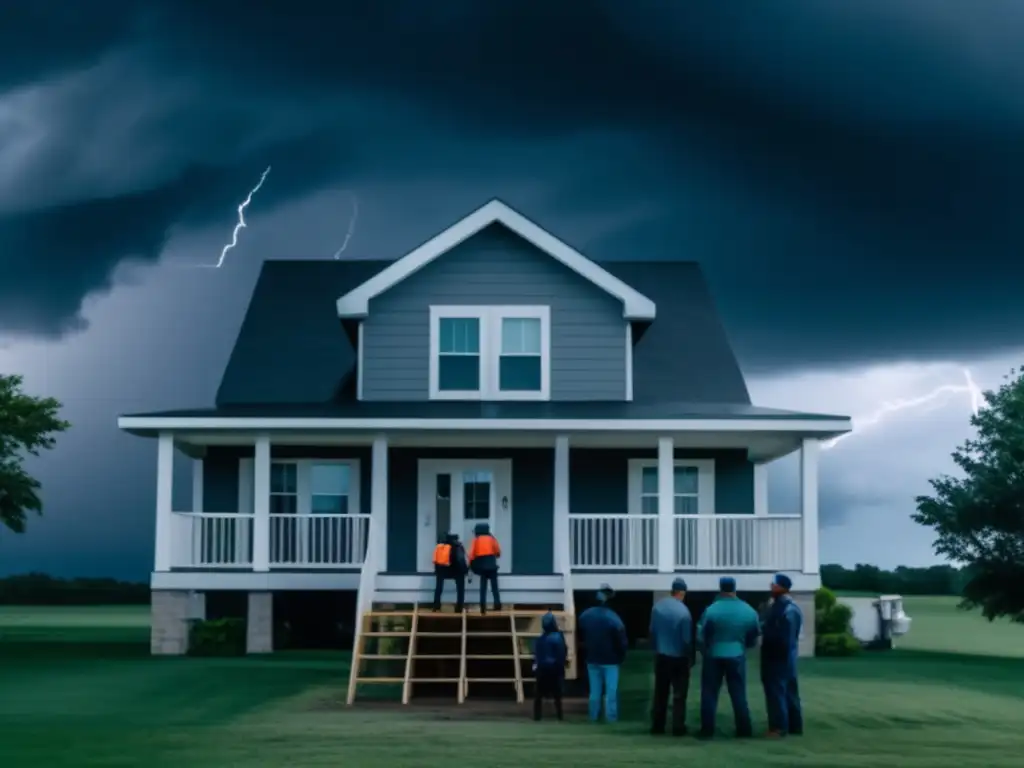DIY Home Inspection: Looking For Vulnerabilities Before A Hurricane

DIY Home Inspection: Looking for Vulnerabilities Before a Hurricane
Introduction
When it comes to preparing for a hurricane, sometimes it can be difficult to know where to start. However, one of the most important steps you can take in protecting your home and loved ones is conducting a DIY home inspection. This inspection will allow you to identify potential vulnerabilities that could leave your home more susceptible to damage during a hurricane. In this article, we will cover the key areas to focus on when performing a home inspection in preparation for hurricane season.
Roof and Attic

Rooftop:
Begin by inspecting your rooftop for any signs of damage or wear and tear. Strong winds and heavy rain can cause shingles to become loose or even blow off entirely, leaving your roof vulnerable to water intrusion. Check for missing, cracked, or curled shingles, as well as any areas where the shingles have lifted or bubbled up. Pay attention to any areas where the roof meets walls, chimney, or skylights, as these are often weak spots.
Attic:
The attic is another area that is vulnerable to hurricane damage. Any leaks or cracks in the roof will allow rainwater to infiltrate your home, leading to water damage and mold growth. Check the ceiling and walls of your attic for signs of water damage, including stains, discoloration, or warping. Make sure that your attic is properly ventilated to prevent moisture buildup, which can lead to mold growth. Remove any debris or clutter that could become airborne during a storm and cause damage to your roof or nearby structures.
Gutters:
The gutters on your home play a critical role in directing rainwater away from your foundation. Make sure that your gutters are securely fastened and free of any debris, such as leaves or branches, that could clog them and cause water to overflow. Check for any leaks or cracks in your gutter system, which could allow water to seep into your home's foundation and cause costly damage.
Windows and Doors

Windows:
Your home's windows are another point of vulnerability during a hurricane. Check each window for any signs of damage, including cracks or chips in the glass, loose frames, and damaged weatherstripping. Install storm shutters or plywood over windows to protect them from flying debris and high winds.
Doors:
Exterior doors are also vulnerable during a hurricane. Check the hinges, locks, and frames to ensure they are securely fastened. Consider upgrading to solid wood or metal doors, which are more durable than hollow-core doors. For added protection, install hurricane-rated doors, which are designed to withstand high winds and flying debris.
Landscaping

Trees:
Trees can be a beautiful feature of your landscape, but they can also become deadly projectiles during a hurricane. Trim back any branches that are too close to your home and remove any trees that are old, diseased, or structurally unsound. Trees with shallow root systems, such as palm trees, are especially vulnerable during hurricanes and should be removed if they pose a threat to your home or nearby structures.
Outdoor Furniture and Decorations:
Outdoor furniture and decorations can also become dangerous during a hurricane. Secure any loose items, such as patio furniture or potted plants, and bring them inside. Remove any decorations that could become airborne during a storm, such as wind chimes or hanging baskets.
Utilities

Electrical System:
Your home's electrical system can be vulnerable during a hurricane, especially if you live in a flood-prone area. Consider installing a whole-house surge protector to protect your appliances and electronics from power surges. Check the condition of your fuse box or circuit breakers and make sure they are properly labeled so that you can quickly shut off power in an emergency.
Plumbing:
Your home's plumbing system can also be vulnerable during a hurricane. Inspect your pipes, valves, and fittings for leaks or damage. Make sure that your sump pump is in good working order, and consider installing a battery backup in case of a power outage.
Gas:
If your home uses natural gas, it is important to take steps to prevent gas leaks during a hurricane. Make sure that your gas lines are securely fastened and consider installing an automatic shutoff valve. If a hurricane is approaching, turn off the gas supply to your home and evacuate if necessary.
Frequently Asked Questions

-
How often should I perform a home inspection?
You should perform a DIY home inspection at least once a year, preferably before hurricane season.
-
Do I need a professional to conduct a home inspection?
No, a DIY home inspection can be done by any homeowner with basic tools and knowledge. However, if you are unsure about any aspects of the inspection or feel uncomfortable getting on your roof or attic, it may be best to hire a professional.
-
What should I do if I find damage during my DIY home inspection?
If you find any damage during your home inspection, it is important to address it as soon as possible. Make any necessary repairs or upgrades to strengthen your home's resilience against hurricanes.
-
How can I prepare for a hurricane besides conducting a home inspection?
Other key steps in hurricane preparedness include creating an emergency kit, developing a family communication plan, and staying informed about weather conditions in your area.
-
What should I do if a hurricane is approaching?
If a hurricane is approaching, follow the instructions of local authorities and evacuate if necessary. Make sure that your home is secure and all loose objects are stored away or secured.
Conclusion
Performing a DIY home inspection before hurricane season is an essential step in protecting your home and loved ones from storm damage. By identifying vulnerabilities and making necessary repairs, you can increase your home's resilience and minimize the risk of costly damage. Remember to stay up to date on weather conditions in your area and follow the instructions of local authorities in an emergency. Stay safe!
Thank you for reading our article on DIY home inspections. If you found this information helpful, please share it on social media or with friends and family who may benefit from it. Feel free to leave any comments or questions below, and remember to subscribe to HurricaneInsider.org for more informative articles on hurricanes.
Additional Resources

 Reusable Water Bottles
Reusable Water Bottles A Home Inventory: Why It’s Important For Hurricane Preparedness
A Home Inventory: Why It’s Important For Hurricane Preparedness Anti-Fatigue Mats
Anti-Fatigue MatsIf you want to discover more articles similar to DIY Home Inspection: Looking For Vulnerabilities Before A Hurricane, you can visit the Hurricane preparedness: category.
Leave a Reply

Articulos relacionados: